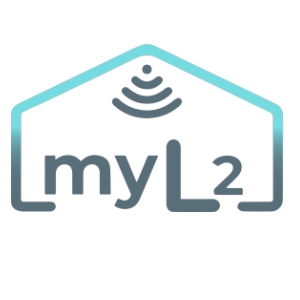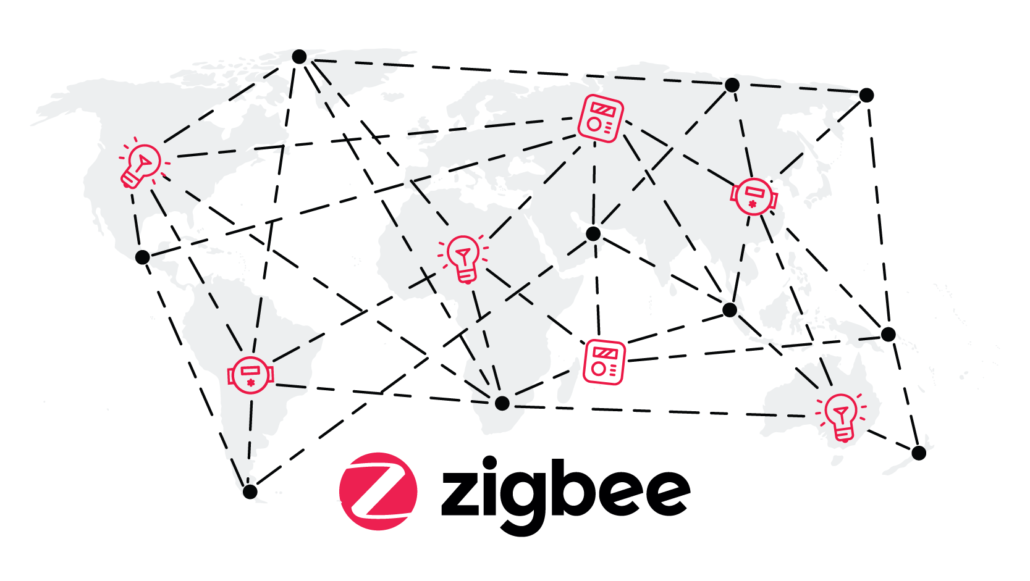Are you passionate about smart technology or do you want to implement a smart system out of need, but you have difficulties configuring it?
myL2 offers you a useful guide, especially if you are new to creating a smart system. This way you’ll be able to build a stable smart network, which will offer you the comfort you’re looking for.
Regardless of whether you will use motion sensors, temperature and humidity sensors, flood sensors, smart light bulbs or relays to automate your home, we must be patient for Zigbee devices to communicate well with each other and with the hub. The smart system we want to implement at home or in the office takes time to establish the best way to communicate between devices.
Location of the hub and Zigbee devices
The hub will be placed as central as possible inside the house, thus trying to keep a good signal between it and the other devices.
The connection of Zigbee devices is not recommended to be done near the hub, as the subsequent movement to the places where we want to mount them can lead to their disconnection. They must be placed at their final destination, after which we will connect them to the hub.
Weak signal? Router devices come to our rescue!
In order to maintain a stable connection between the smart devices we have chosen and the hub, we must take into account factors such as the distance between them, objects that obstruct communication, construction materials or system performance. When the signal is weak due to any of the factors mentioned above we do not have to worry.
In this situation we can use a Zigbee repeater that will act as a router for the hub to communicate even with the most remote smart devices. It usually takes distances greater than 6-12 meters to use a repeater.
Signal repeaters are devices that are permanently connected to power, such as smart light bulbs or smart plugs.
Integration of Zigbee devices into the smart network
The next step will be to connect the Zigbee devices that will be within the optimal range of the hub or repeaters.
The devices will be added to the network one by one. Each hub supports a maximum number of connected devices, but what do we do when we want to exceed this limit? In this situation we will also use a repeater.
Depending on the factors mentioned above, we will also determine the number of necessary repeaters that we will also connect one by one with the hub.
At the end of this process we will stop the hub for 20 minutes.
Last step to a solid Zigbee mesh
After rebooting, all our devices will look for the closest way to connect to the network. This process can take up to 24 hours, or even a few days, but the wait will be fully worth it, as we will have a stable smart system, running at its full capacity.

